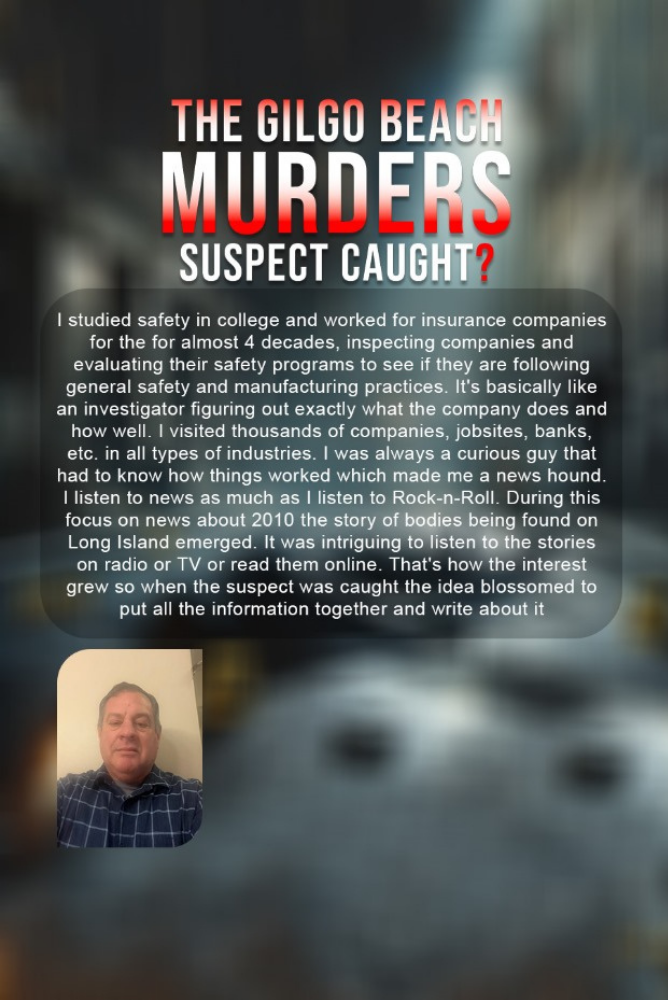
Ronald Williams: A Life of Curiosity and Investigation
Ronald Williams spent nearly forty years working with insurance companies, specializing in safety inspections and program evaluations. His work involved ensuring that companies followed proper safety and manufacturing practices, a role that often felt like investigative work—uncovering exactly what businesses did and how well they operated. Over the course of his career, Ronald visited thousands of companies, job sites, banks, and organizations across a wide variety of industries. A naturally curious and inquisitive person, he always wanted to know how things worked. That same curiosity also shaped his personal interests—he is as passionate about staying informed through the news as he is about listening to Rock-n-Roll. In 2010, Ronald became captivated by reports of the bodies discovered on Long Island, widely known as the Gilgo Beach case. Following the unfolding news stories on TV, radio, and online drew him in even further. When a suspect was finally caught, his long-standing interest turned into a spark of inspiration: to gather the details and share them through writing. Blending his investigative mindset, decades of professional experience, and personal fascination with true crime, Ronald Williams brings readers a thoughtful and compelling exploration of one of the most haunting cases in recent history.



